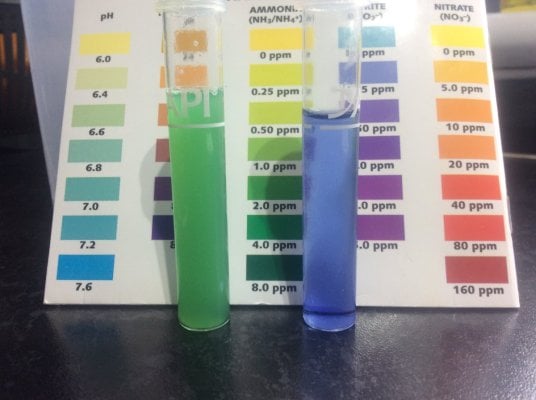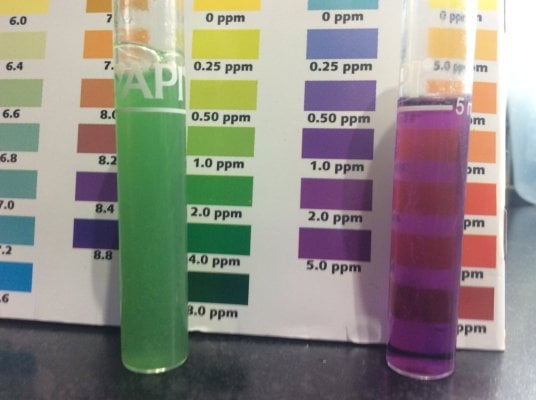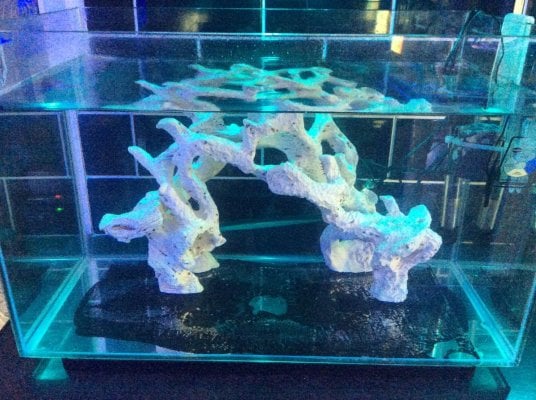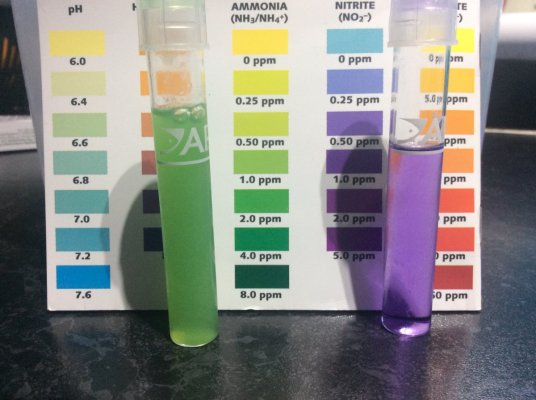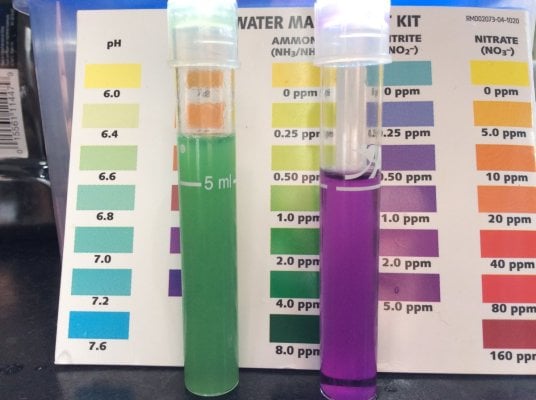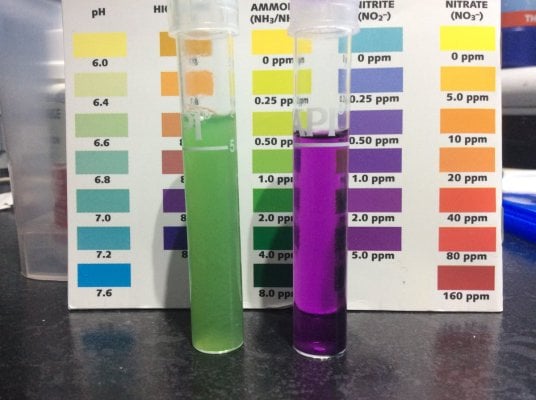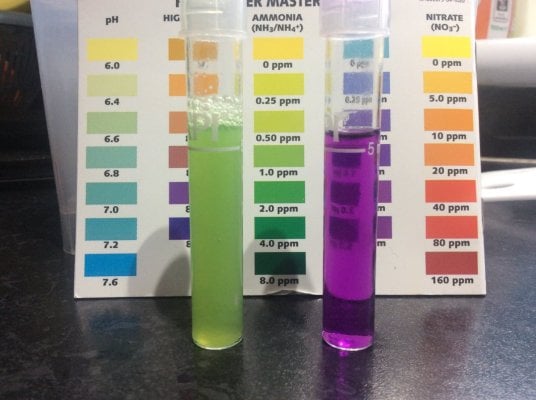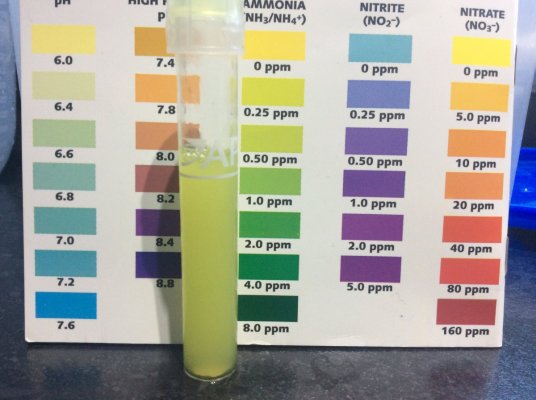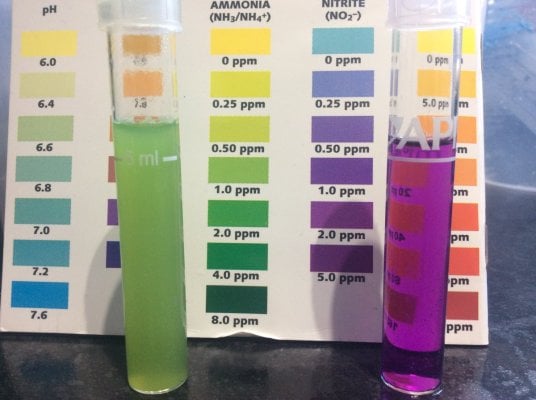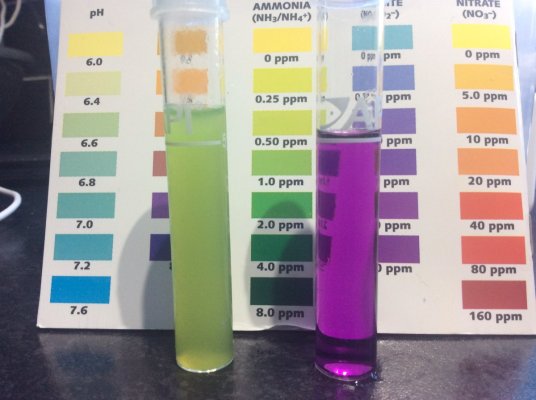Nothin to prove, just a ramble, I find rambling sends me off in interesting tangents. I do find it interesting that the nitrifiers appear to still work though, once the carbon source is removed, not suffocated, maybe.It wasn't a criticism. - Just - trying to figure out what you're trying to prove?
18 hrs after carbon source removed.




